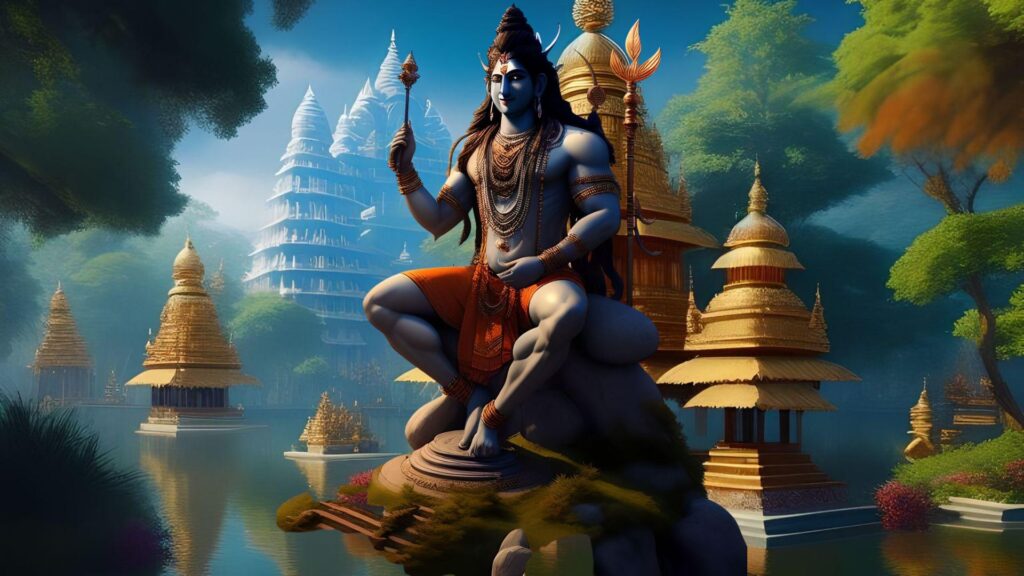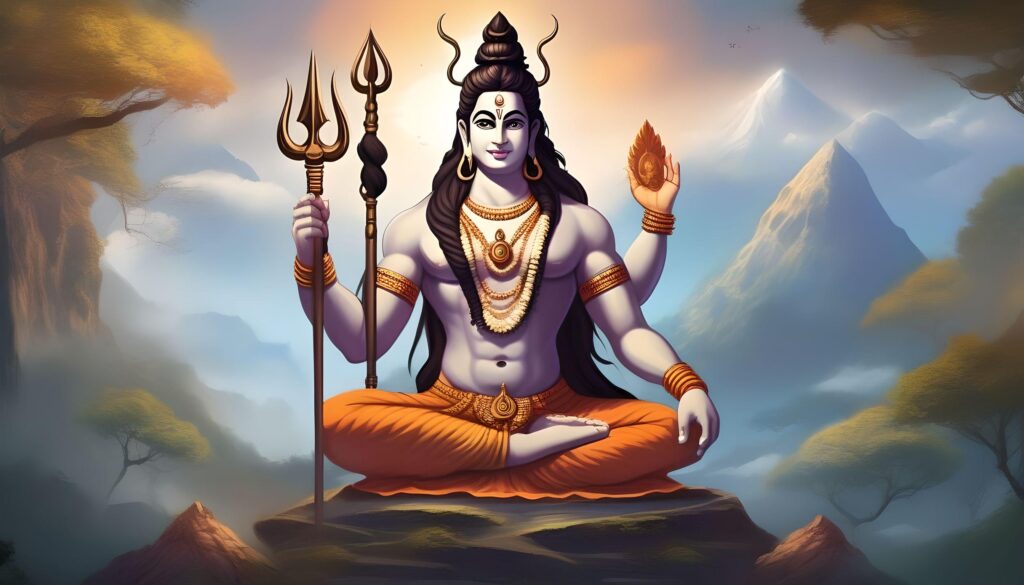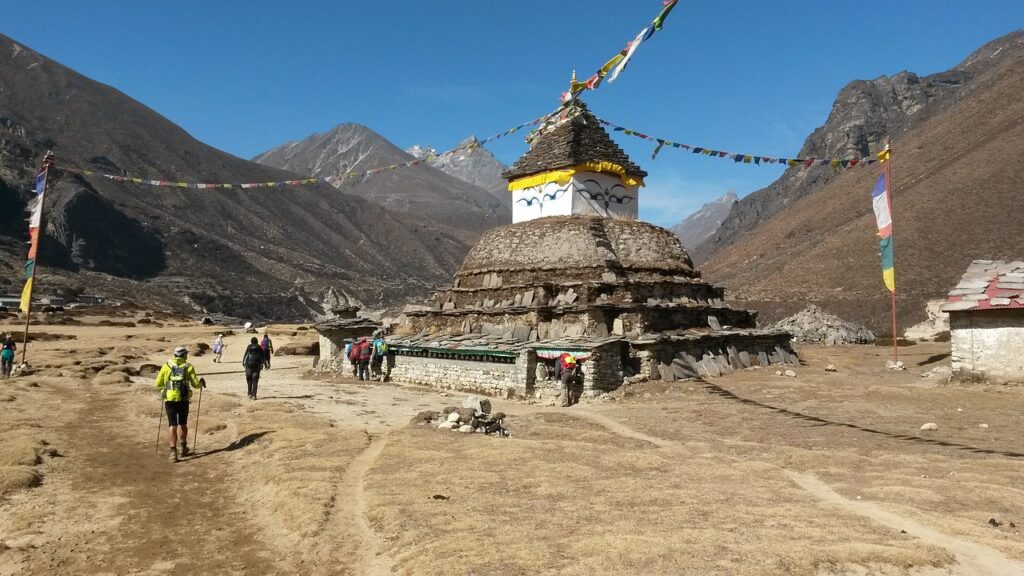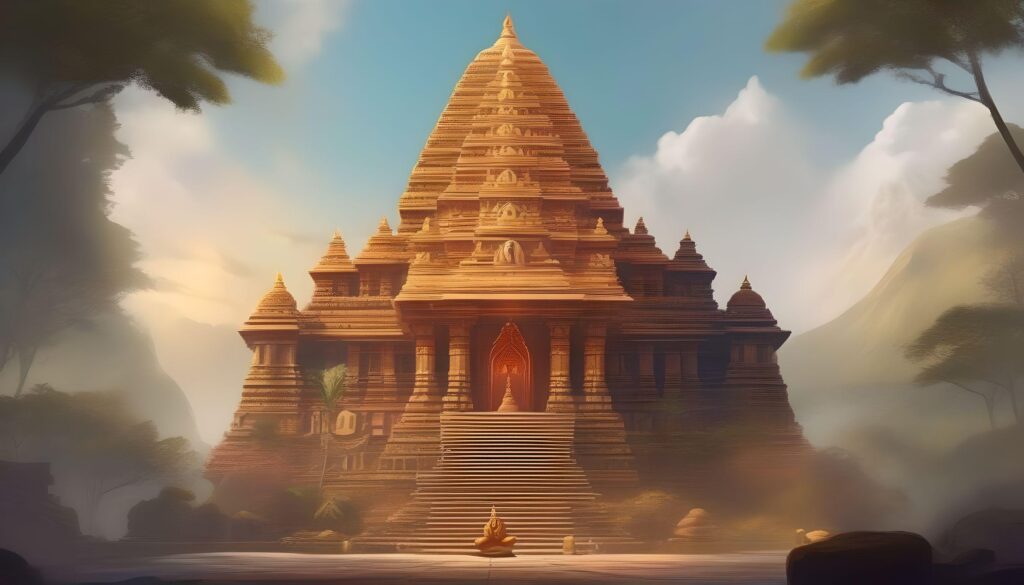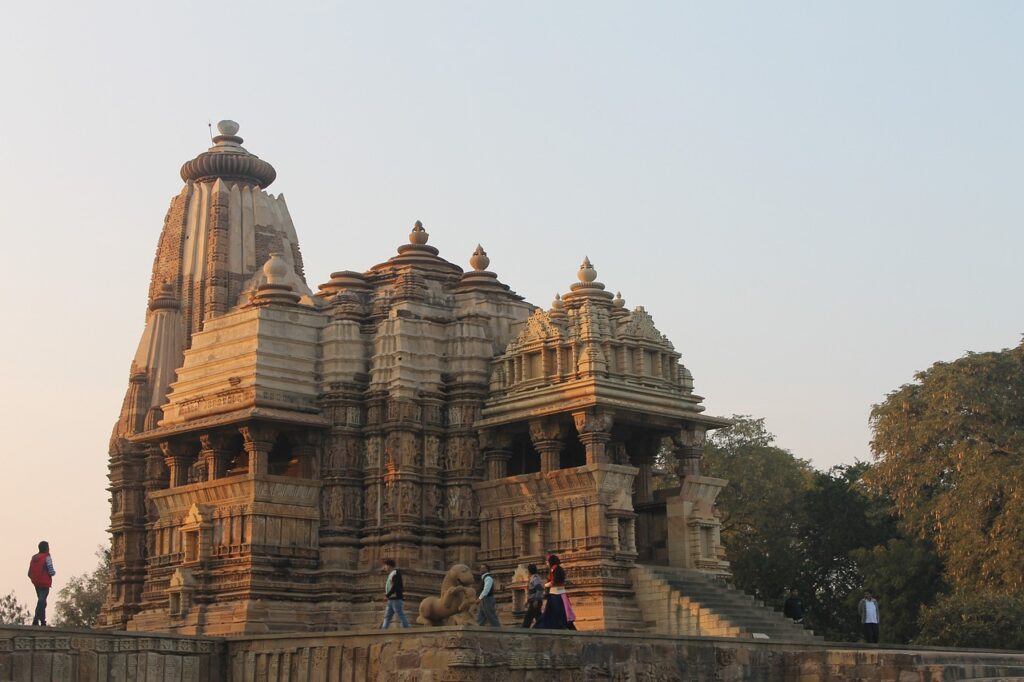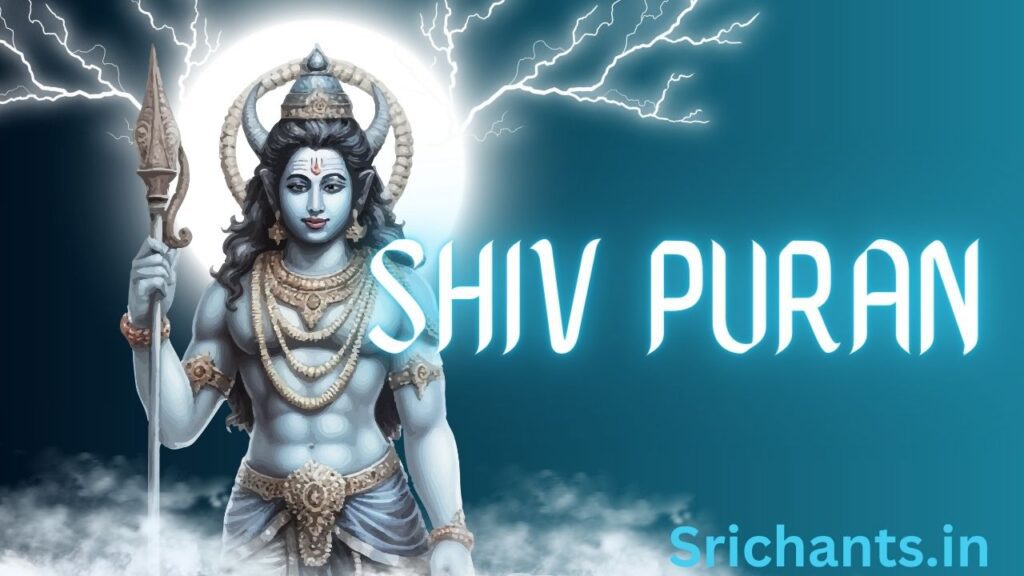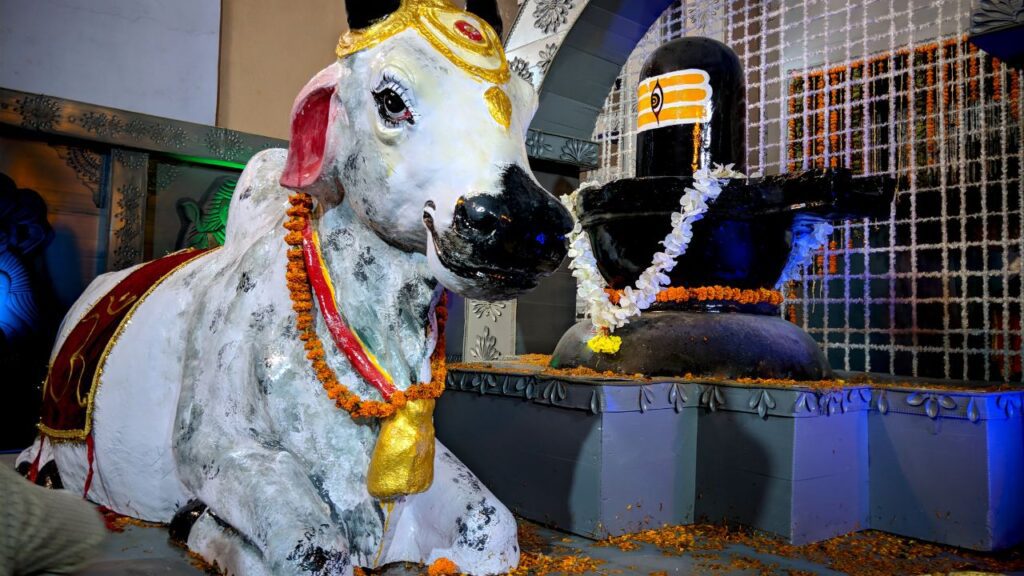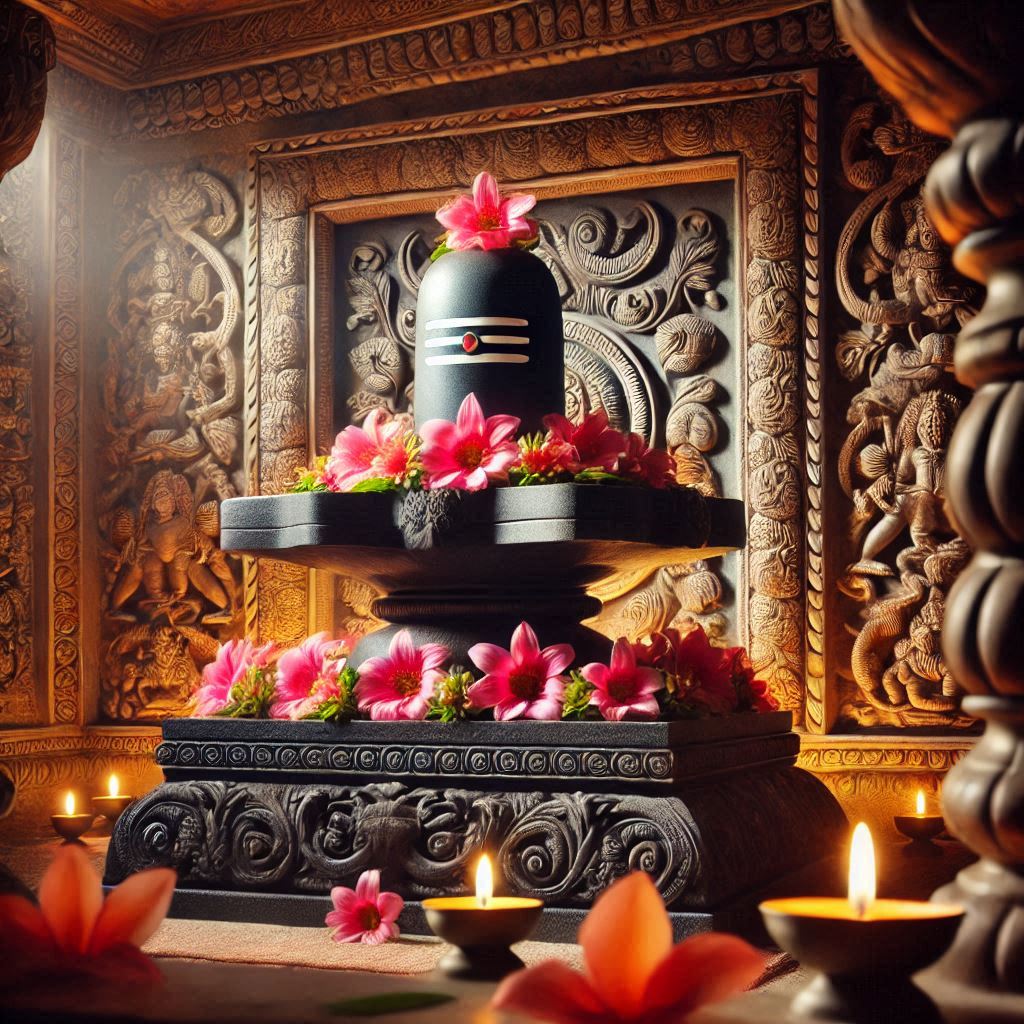Exploring Lesser-Known 19 Avatars of Lord Shiva: Divine Manifestations
Lord Shiva, the Supreme Being in Hindu mythology, is held in high esteem and is said to have undergone a multitude of manifestations, or avatars. Each of these Lord Shiva avatars is linked to a distinct quality and function. The following is an inventory of nineteen avatars of Lord Shiva accompanied by their respective descriptions:
- Pashupati: Pashupati represents one of Lord Shiva’s earliest incarnations. Being regarded as the Supreme Being of all creatures, he is portrayed in the form of a yogi adorned with serpents and matted hair.
- Bhairava: Lord Shiva in his ferocious guise, Bhairava is symbolized as the embodiment of annihilation and dissolution. The individual in question is portrayed as a malevolent deity possessing an ominous stature, frequently accompanied by a canine companion.
- Nataraja: Nataraja is Lord Shiva in his celestial dancer guise. Demonstrating the dynamism and cadence of the cosmos, he is portrayed in a circle of fire while spanning multiple limbs and adopting a dancing position.
- Ardhanarishvara: Ardhanarishvara, embodying the androgynous essence of Lord Shiva, symbolizes the fusion of masculine and feminine forces. Lord Shiva occupies one half of the body, while Goddess Parvati, his consort, occupies the other half.
- Harihara: Harihara, an amalgamation of Lord Shiva and Lord Vishnu, symbolizes the syncretic union of these two omnipotent beings. The left side of the body represents Lord Vishnu, while the right half represents Lord Shiva.
- Sharabha: Sharabha is an exceptional and formidable manifestation of Lord Shiva portrayed as a hybrid being possessing a lion’s body, eagle wings, and numerous personalities. It is believed that he manifested in order to subdue the Narasimha avatar of Lord Vishnu.
- Grihapati: Grihapati is revered as the guardian deity of dwellings. Regarding blessings for dwellings, construction, and domestic harmony, he is venerated.
- Veerabhadra: Veerabhadra is an embodiment of the supreme warrior Lord Shiva. Being the product of Lord Shiva’s wrath, he is portrayed as possessing numerous limbs and fiery eyes. His name is frequently linked to the demise of Daksha’s yajna, which signifies sacrifice.
- Ashwatthama: Ashwatthama is regarded as an avatar of Lord Shiva and an immortal warrior. Immensely featured in the Mahabharata, he gained notoriety for his bravery and prowess in combat.
- Hanuman: The monkey deity Hanuman is likewise regarded as an incarnation of Lord Shiva. His extraordinary strength and intelligence, in addition to his unwavering devotion to Lord Rama, have earned him a dire reputation.
- Durvasa: Sage Durvasa is notorious for his brief fuse and rapid rage. He is regarded as an embodiment of Lord Shiva and is correlated with rigorous fasting and ardent repentance.
- Kirata: Lord Shiva takes the form of the hunter Kirata. In the epic Mahabharata, he challenges the bravery and prowess of the Pandava prince Arjuna through a combat.
- Ajaikapada: Ajaikapada is a one-footed form of Lord Shiva.His association with self-control and detachment underscores the significance of triumphing over desires and materialistic attachments.
- Yaksheshvara: Yakshashvara, an incarnation of Lord Shiva revered as the supreme deity of this ethereal race, is an avatar of Yakshvara. He is linked to abundance, prosperity, and fortune.
- Bhikshatana: Bhikshatana is Lord Shiva in the form of a beggar. By assuming the form of a mendicant who seeks alms, he symbolizes the impermanence of existence and the significance of maintaining a state of detachment.
- Khandoba: Khandoba is an Indian folk deity venerated in the state of Maharashtra. Being regarded as an embodiment of Lord Shiva, he is renowned for his role as the guardian of humanity.
- Vyasa: Sage Vyasa is regarded as a manifestation of the deity Shiva. The compilation and division of the Vedas, in addition to authorship of the Mahabharata and various other significant Hindu scriptures, are all attributed to him.
- Dattatreya: Dattatreya is an amalgamation of Brahma, Vishnu, and Shiva, the three Hindu deities. Conspicuous for his status as a Guru (spiritual instructor), he is correlated with profundity, understanding, and spiritual enlightenment.
- Hara-Gauri: The celestial union of Goddess Parvati (Gauri) and Lord Shiva (Hara) is known as Hara-Gauri. In addition to their divine couple status as guardians and creators of the universe, this form symbolizes the divine couple’s harmonious and affectionate partnership.
These are some of the avatars of Lord Shiva mentioned in Hindu mythology. It’s important to note that different traditions and texts may have variations and additional avatars associated with Lord Shiva.
#OmNamahShivaya #HarHarMahadev #ShivaShakti #BlessingsOfShiva #Mahadev
